Sports and Their Effects on Student Athletes
October 28, 2020
Although they may be time, money, and energy consuming, sports provide a learning environment suitable for any kid willing to hit, throw, or swim their way through a competition. Recently, COVID-19 has prevented many of the sports that young adults participate in from being played. Despite the pandemic, students should keep finding ways to be active; sports have a direct impact on academic success and being healthy physically.
High School sports motivate kids to exhibit academic excellence and help provide a clear path to earning a college degree. Student athlete at Stevens Point Area Senior High, Avery Lilly says, “Sports have affected my life for the better. with ups and downs through injuries and all, I wouldn’t be the person I am today without sports.” This pandemic has affected us all differently, but for many athletes like Avery, the kids just want to get out and compete.
Sports are not just perceived to affect these students lives for the better, it’s proven. In a study done by the Women’s Sports Foundation in January 2018, “Sports participation was directly related to teens having a more positive attitude toward school work, improved academic performance and higher grades, and higher aspirations for earning a college degree and post-college education specialization.”
The COVID-19 pandemic has brought most of these sports to a halt. Kurt Streeter in an article by New York Times describes a study done by Aspen Institute, he says “The study shows that American children ranging in age from 6 to 18 are playing far less now than before the health crisis. Over all, there has been a nearly 50 percent drop.” He also explained “The study showed that nearly 30 percent of youth who were playing sports before the pandemic were not likely to go back without a major intervention.” This is a serious problem given the benefits sports have on adolescents.
Sports could also be described as money consuming, time wasting, and a cause of serious injury. As explained by Erica Evans in an article from Deseret News, “As participation in youth sports increases, so do injuries including concussions, according to the U.S. Centers for Disease Control and Prevention. The costs of purchasing equipment and uniforms, team fees and travel can be prohibitive for many families. And for elite athletes, the pressures to keep winning or earn a college scholarship can cause crippling anxiety.”
Although these opinions are understandable, sports have been proven, repeatedly, to actually benefit mental and physical health. A study done by Angela Lumpkin and Judy Favor in 2008-2009 called “Comparing the Academic Performance of High School Athletes and Non Athletes in Kansas” showed “50.4% of participants (in sports) had no unexcused absences, 50.7% never skipped a class, 30.6% had a GPA of 3.0 or above, and 29.8% achieved in the highest quartile on a composite math and reading assessment. Percentages for non-participants (in sports) on these same measures were 36.2%, 42.3%, 10.8%, and 14.2% respectively.” This shows the major positive effects that sports have on students.
Overall, sports are a huge factor in the measure of success as students, the physical health and physical health habits of even young children, and the motivation of students to not only succeed in high school but to pursue a college degree. Students should continue to participate in high school sports. Although the COVID-19 pandemic presents setbacks in the sports world, there is no denying the fact that sports are beneficial for any student willing to play.


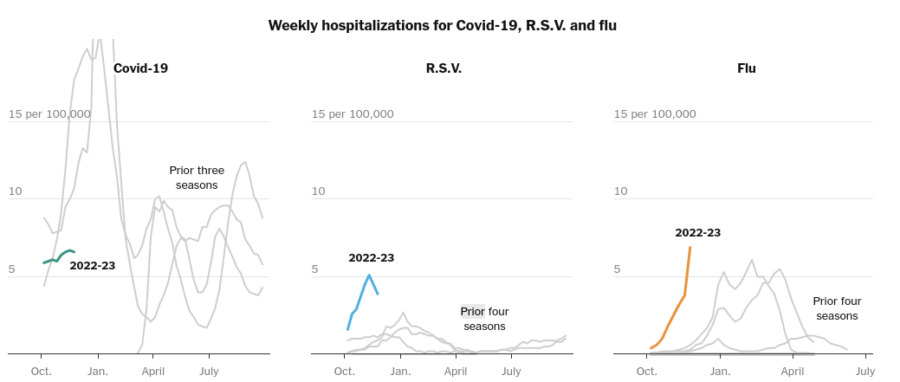

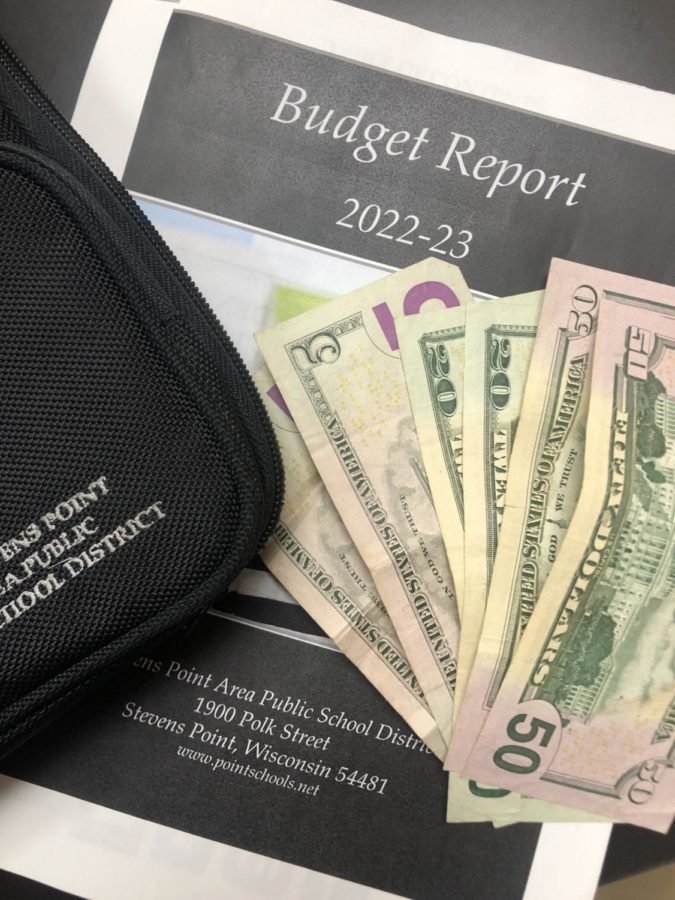















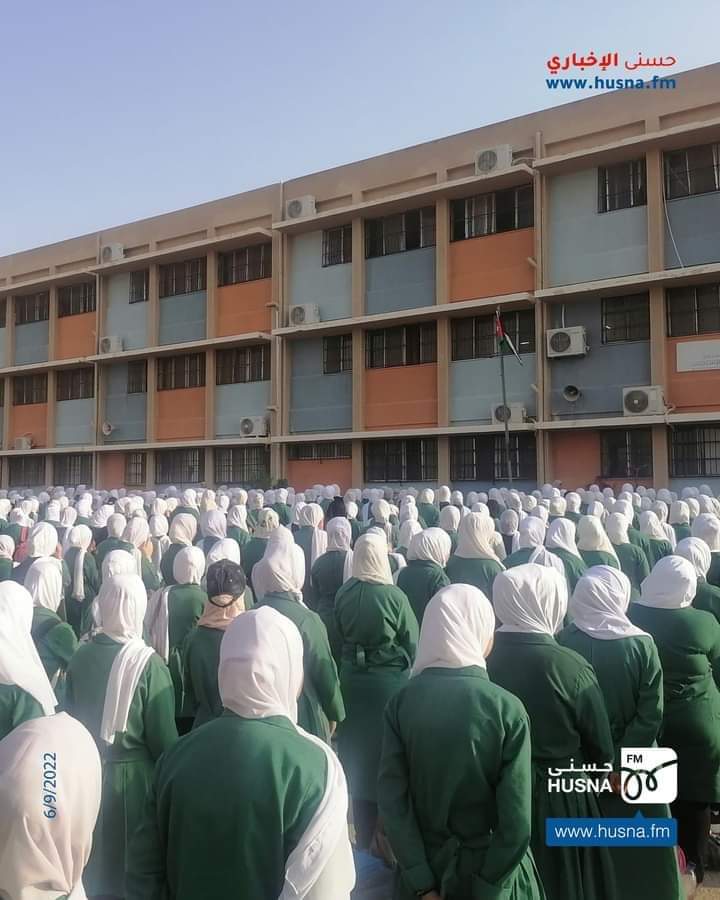




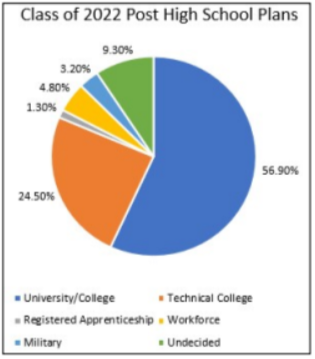
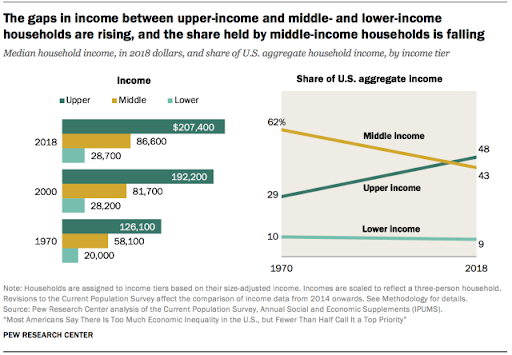
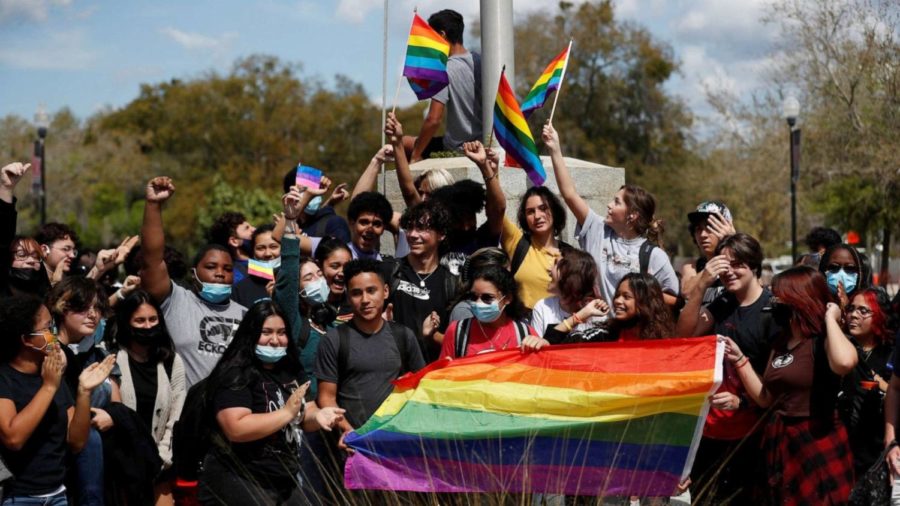

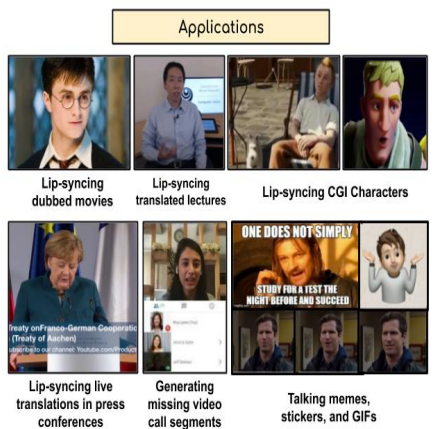
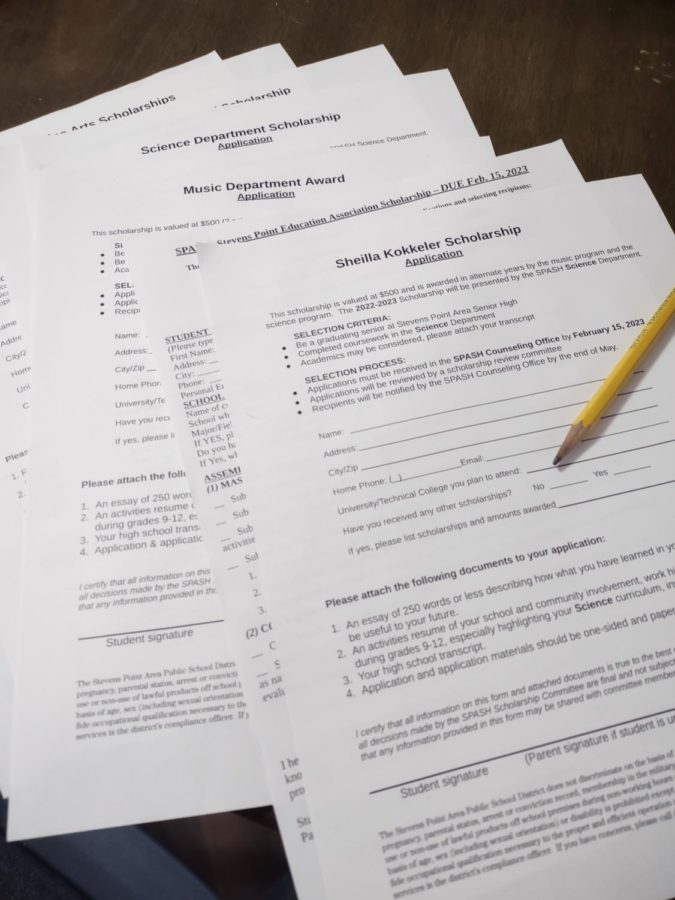




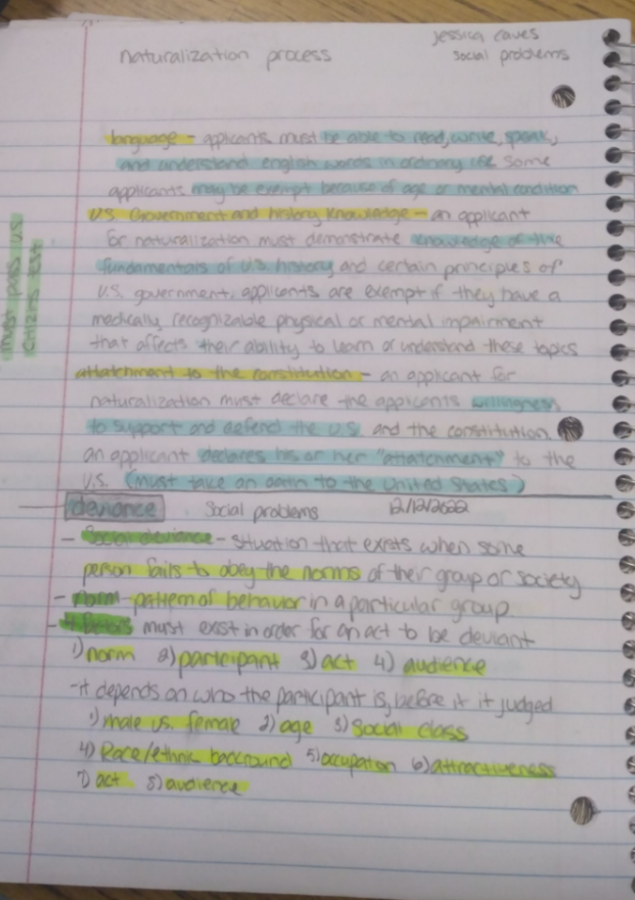
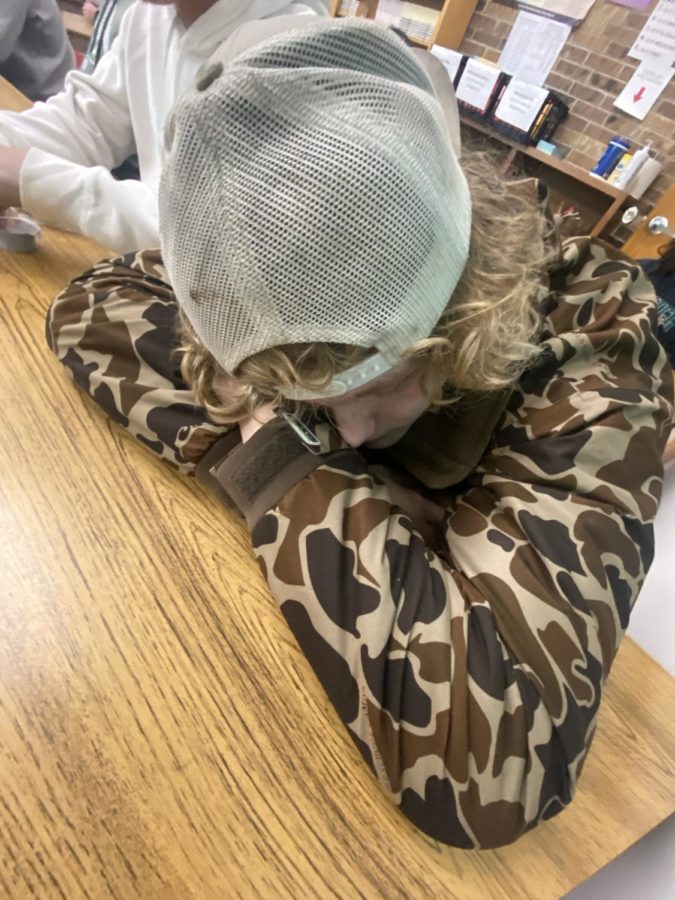

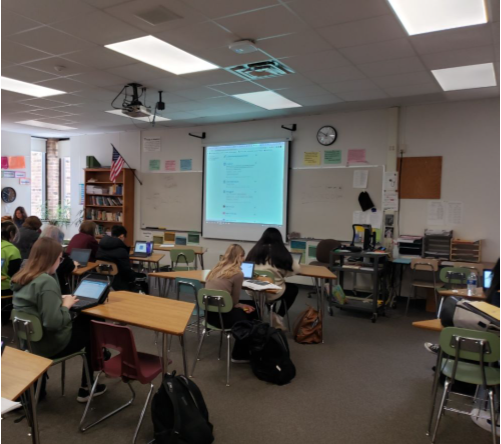
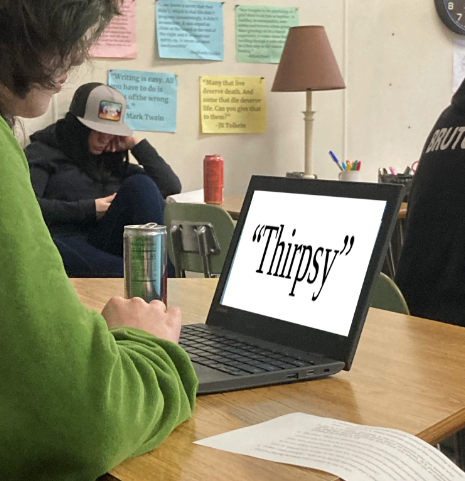
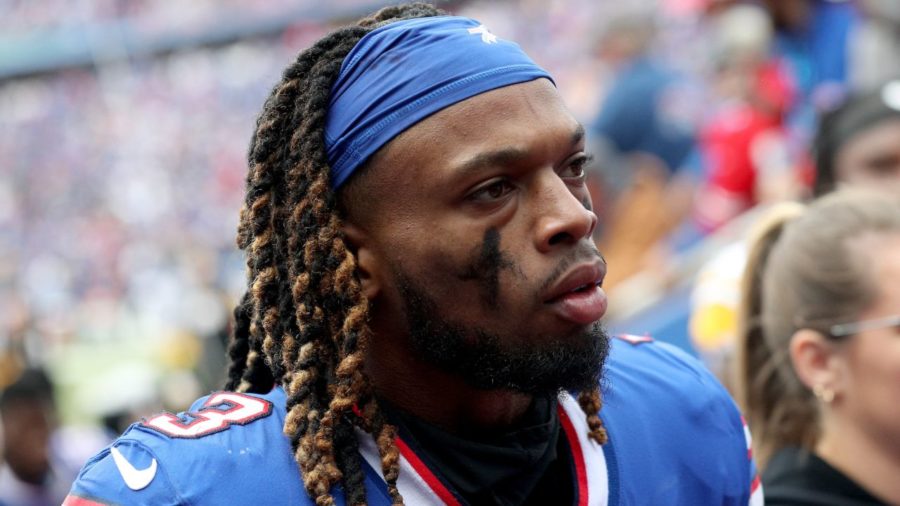




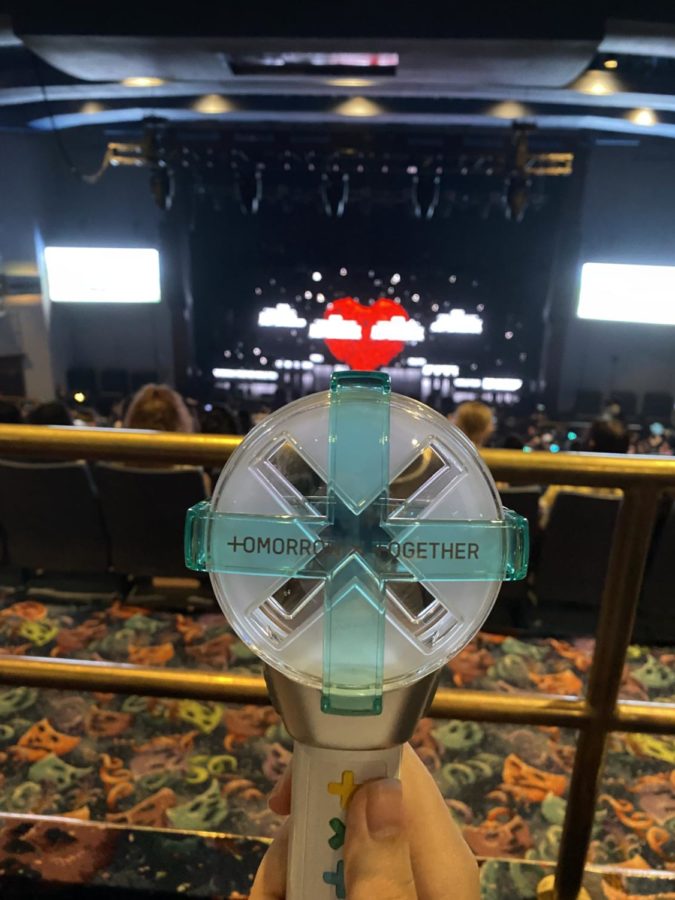

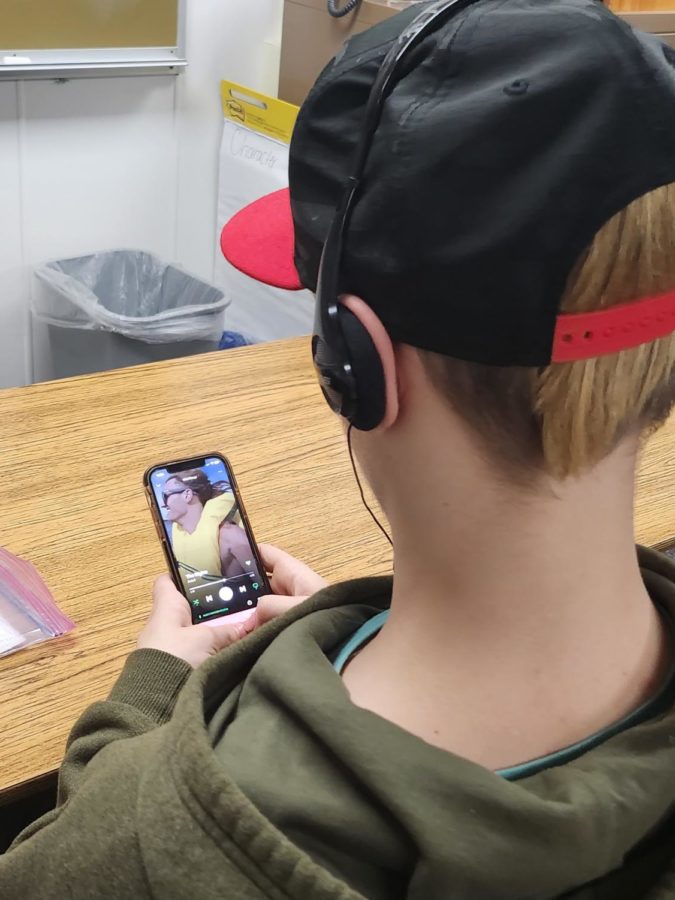

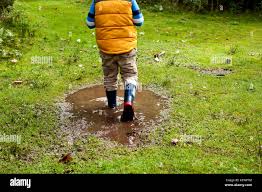








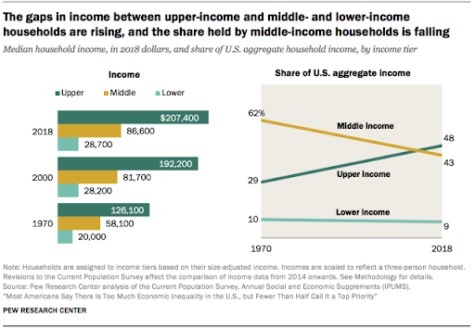


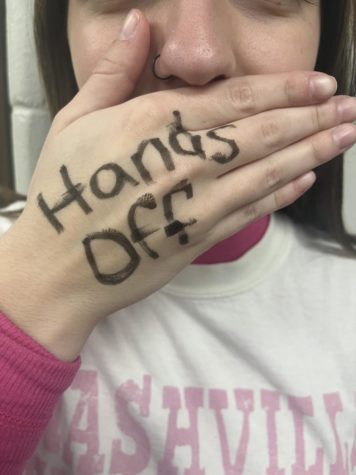
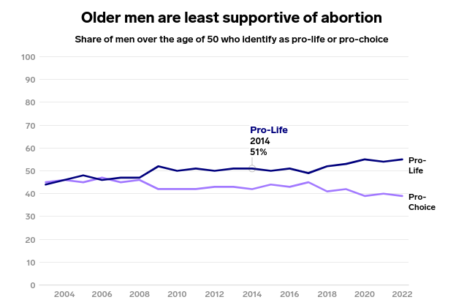
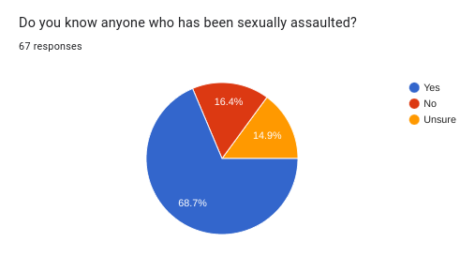
Cam • Oct 30, 2020 at 7:45 AM
I really liked how you wrote this article i was very easy to connect to if you play any sports. I also really like how you brought statistics and percents into it because it give people that are not playing any sport an idea of how much they shut down and dont play any more.
Romeo Vang • Oct 29, 2020 at 10:20 AM
Colby, I love how easy it was to connect to your article. I could tell that emotions were high for people that read this because my emotions were. As an student-athlete you work hard to become the best you can be and to not be able to play is heartbreaking. I also thought that the stats that you added made it so much more better.
Elisabeth Mahon • Oct 29, 2020 at 8:05 AM
Hey Colby, I found your article really interesting. I thought it was really cool to show how sports have a really strong effect on students future and college. I agree with you a lot on how important sports are and how much they can effect a student and how incredibly important they are. I also found it very good how you brought in COVID-19 and how that is effecting sports because it is definitely effecting sports a lot.
Ben Raczek • Oct 29, 2020 at 8:00 AM
I really enjoyed reading this article because being an athlete, it hits closer to home. I loved they statistics you gave towards the end because it showed really how much of an impact sports have on kids. You did a really nice job on you opening statement, it really caught my attention and made me want to read more into it.